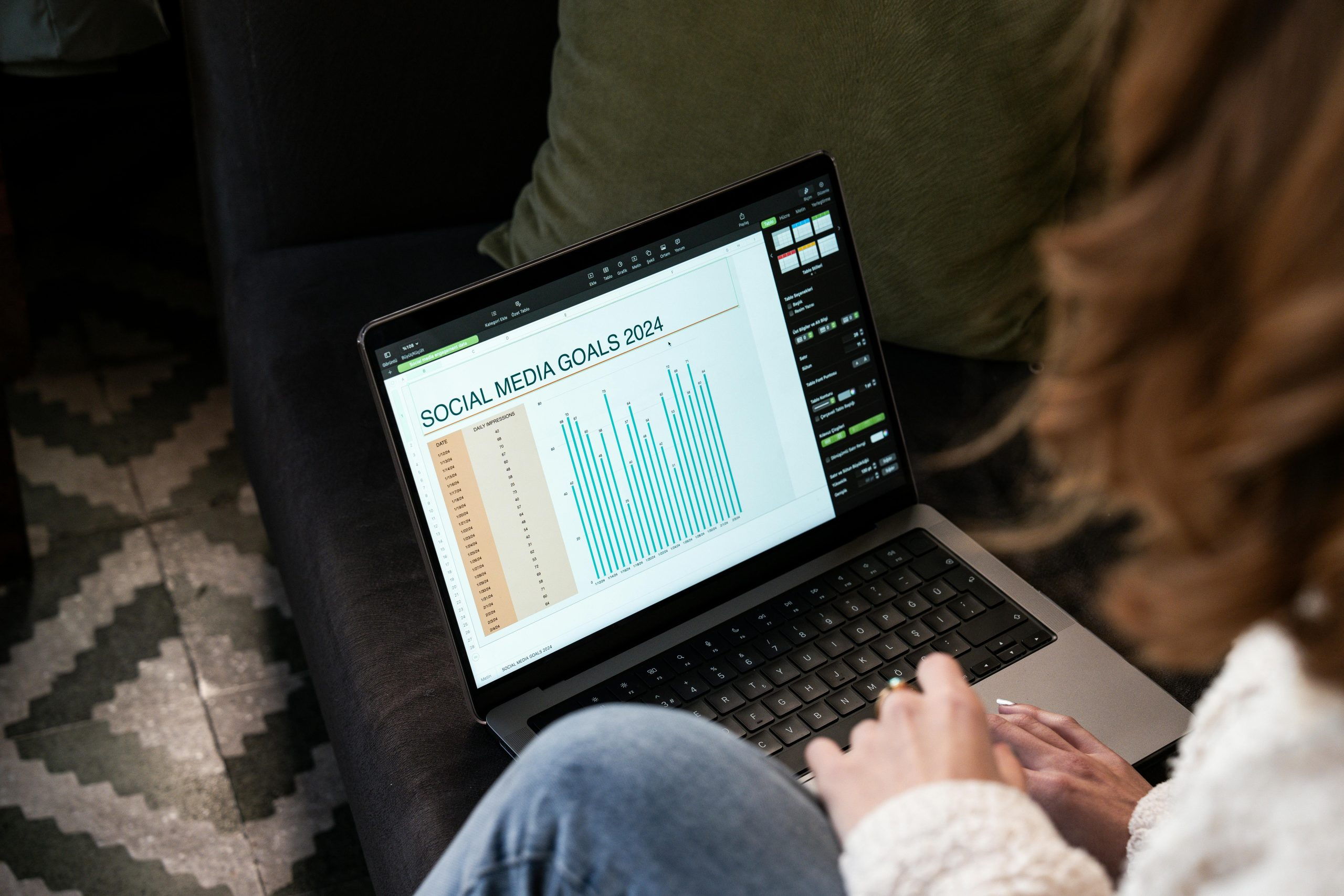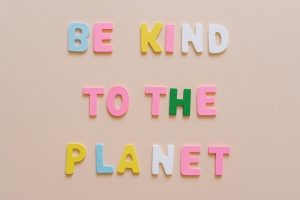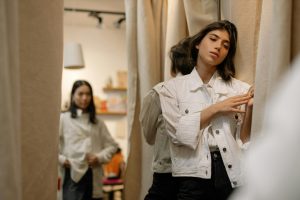The Evolution of Workwear: From Uniforms to Business Casual
In the ever-changing landscape of the modern workplace, one thing remains constant: the way we dress. From the early days of strict uniforms to the current trend of business casual attire, workwear has undergone a significant evolution over the years. This transformation has been influenced by various factors, including societal norms, cultural changes, and advancements in technology and industry. In this article, we will delve into the evolution of workwear and how it has shaped the way we dress for work today.
The Beginning: Strict Uniforms
In the early 1900s, workwear was synonymous with uniforms. Companies required their employees to wear specific outfits that were often uncomfortable and uniform in appearance. This was especially true for industries like manufacturing and service, where uniformity and consistency were essential for efficiency and branding purposes.
The type of uniforms worn also varied based on the sector and job role. For instance, factory workers were required to wear coveralls or overalls that provided protection and durability. Meanwhile, bank clerks and office workers were expected to wear formal suits and ties to project professionalism and authority.
These strict uniforms not only highlighted the hierarchical structure of the workplace but also served as a visual representation of an individual’s job title and responsibilities. However, these rigid dress codes soon became outdated and impractical with the changing times.
The Influence of Societal Norms and Cultural Shifts
As society evolved, so did our attitudes towards workwear. In the 1960s and 1970s, there was a significant cultural shift that challenged the traditional dress codes of the workplace. The rise of the feminist movement led to more women entering the workforce, and with it came a demand for more practical and comfortable work attire.
At the same time, the counterculture movement brought about a more relaxed and casual approach to dressing. This cultural phenomenon paved the way for a more relaxed workwear style, breaking away from the traditional and strict uniforms previously worn in the workplace.
This shift in attitudes towards workwear also had a significant impact on the fashion industry. With more freedom to express themselves, designers began creating more comfortable and functional work attire that incorporated both style and practicality.
Technology and Industry Advancements in Workwear
The growth of technology and advancements in various industries have also played a major role in the evolution of workwear. With the rise of office jobs and advancements in computer technology, the need for more formal and practical attire became less critical.
More companies began adopting a more relaxed dress code, allowing employees to dress comfortably while still maintaining a professional appearance. This shift towards a more casual style was also influenced by the rise of start-ups and technology companies, which prioritized creativity and innovation over strict dress codes.
Moreover, the development of new materials and fabrics has also contributed to the evolution of workwear. The introduction of synthetic and stretchable fabrics provided comfort and flexibility, making it easier for individuals to move around and work for extended periods.
The Present: Business Casual
Today, the dress code in most workplaces falls under the category of ‘business casual.’ This term can be interpreted differently depending on the company and industry, but it generally means a relaxed, yet still professional look.
In some companies, business casual may consist of a collared shirt, dress pants or skirt, and closed-toe shoes. In other industries, jeans and sneakers may be deemed acceptable as long as they are clean and presentable. This relaxed dress code allows employees to dress comfortably while maintaining a level of professionalism in the workplace.
The Impact of COVID-19 on Workwear
The recent global pandemic has also had a significant impact on workwear. With many companies adopting remote work policies, there has been a significant decrease in the need for formal office attire. Instead, workwear has shifted towards comfortable and casual clothing, like sweatpants and loungewear, that are suitable for working from home.
The pandemic has also led to the rise of hybrid work models, where employees work both remotely and in the office. This has resulted in a more casual and flexible approach to workwear, with employees opting for business casual attire that can easily transition from the office to remote work.
Conclusion
From uniforms to business casual, the evolution of workwear is a reflection of the ever-changing workplace culture and societal norms. With a greater emphasis on comfort and practicality, the future of workwear is likely to continue down the path of relaxed and casual attire. As technology and industry continue to advance, we can expect to see even more changes in the way we dress for work in the years to come.
Incorporating these changes into your workwear can make a significant impact on your overall productivity and comfort in the workplace. How has workwear evolved in your workplace? Share your thoughts and experiences with us in the comments below.











